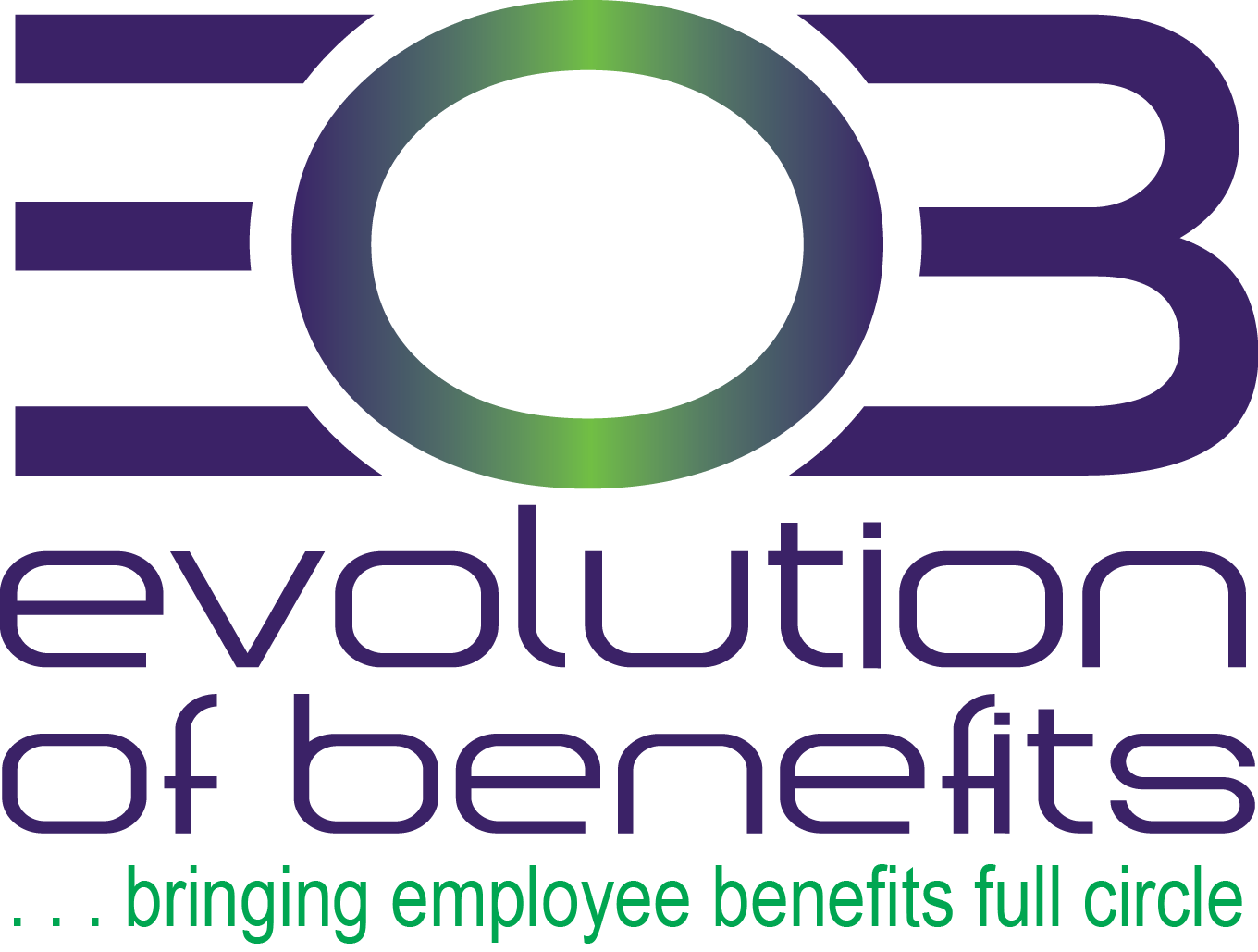May News Brief: CDC Updates Outdoor Mask Guidance for Fully Vaccinated People

The new guidance says that people fully vaccinated can gather or conduct activities outdoors without wearing a mask except in certain crowded settings and venues. Fully vaccinated people can participate in the following activities without a mask:
• Walking, running or biking outdoors with members of the same household
• Attending a small, outdoor gathering with fully vaccinated family and friends
• Attending a small, outdoor gathering with fully vaccinated and unvaccinated people
• Dining at an outdoor restaurant with friends from multiple households
For those fully vaccinated, the CDC still recommends wearing a mask in indoor settings.
According to the agency, it is also safe for unvaccinated people to walk, run or bike outdoors with members of their household or attend a small, outdoor gathering with fully vaccinated family and friends without wearing a mask. However, the CDC recommends that unvaccinated people continue to wear a mask when around unvaccinated people, including at both indoor and outdoor gatherings.
HR Insights – CDC Guidance for Workplace COVID-19 Vaccination Programs

CDC Guidance for Workplace COVID-19 Vaccination Programs
This HR Insights article provides an overview of guidance from the Centers for Disease Control and Prevention (CDC) for workplace vaccination programs. As of this writing, vaccine programs are not yet available to many employers, depending on the type of organization and guidance from local officials. However, vaccination programs will extend to additional workplaces as vaccine availability increases, meaning that employers should begin planning accordingly. Employers should continue to monitor CDC guidance and follow direction from local health officials.
Download this newsletter for information about providing COVID-19 vaccines to your employees.
Benefits Buzz: DOL Issues ARPA COBRA Subsidy Model Notices, FAQs | Consolidated Appropriations Act and Mental Health Parity FAQs

On April 7, 2021, the Department of Labor (DOL) issued FAQs and model notices for the COBRA premium assistance provisions of the American Rescue Plan Act (ARPA).
The Consolidated Appropriations Act, 2021 (CAA) amended the Mental Health Parity and Addiction Equity Act of 2008 (MHPAEA) to provide additional protections. On April 2, 2021, the DOL, Health and Human Services (HHS) and the Treasury jointly issued FAQs to clarify these amendments.
In particular, the CAA requires group health plans and health insurance issuers to conduct comparative analyses of the nonquantitative treatment limitations (NQTLs) used for medical and surgical benefits as compared to mental health and substance use disorder (MH/SUD) benefits.
For more information about these items, read our Benefits Buzz newsletter, and contact Evolution of Benefits today.
DOL issues model notices, FAQ for COBRA subsidy in the ARPA

On April 7, 2021, the U.S. Department of Labor (DOL) issued FAQs and model notices for the COBRA premium assistance provisions of the American Rescue Plan Act (ARPA). The ARPA provides a 100% subsidy for employer-sponsored group health insurance continued under COBRA and similar state continuation of coverage programs for eligible individuals. The subsidy applies from April 1 through Sept. 30, 2021. The notices and the FAQs appear
on a new DOL webpage dedicated to the ARPA COBRA subsidy.
Important Dates
March 11, 2021 – ARPA signed into law.
April 1, 2021 – ARPA subsidy for COBRA premiums began.
Sept. 30, 2021 – ARPA subsidy for COBRA premiums expires.
HR Compliance Bulletin: American Rescue Plan – Changes to FFCRA Employee Leave

The American Rescue Plan Act (ARPA), enacted March 11, 2021, includes changes to emergency paid sick leave and paid family leave under the Families First Coronavirus Response Act (FFCRA). The ARPA extended tax credits through Sept. 30, 2021, for employers that continue to provide FFCRA leave voluntarily (beyond the Dec. 31, 2020, expiration date) and made changes to tax credit eligibility for both types of FFCRA leave.
Highlights:
FFCRA Leave Remains Voluntary
ARPA did not reinstate the FFCRA employee leave mandates.
Tax Credit Extension
Employer tax credits are extended through Sept. 30, 2021, for wages, health plan expenses and Medicare tax for FFCRA leave provided voluntarily.
FFCRA Paid Leave
The FFCRA employer tax credits apply to 80 new hours of paid sick leave per employee, 12 weeks of paid family leave, and to leave for new reasons.
Click here to view and download the FFCRA ARPA HR Compliance Bulletin
HR Compliance Bulletin: COBRA Subsidy Provisions of the American Rescue Plan Act

The American Rescue Plan Act (ARPA), signed into law March 11, 2021, provides a 100% subsidy of premiums for employer-sponsored group health insurance continued under the Consolidated Omnibus Budget Reconciliation Act of 1986 (COBRA) and similar state continuation of coverage (mini-COBRA) programs.
COBRA requires group health plans to allow covered employees and their dependents to continue their group health plan coverage when it would be lost due to specific events, such as a termination of employment or reduction in working hours. Individuals are usually allowed to continue their COBRA coverage for 18 months, although some similar state mini-COBRA laws mandate a longer coverage period.
Under COBRA, group health plans may require those covered to pay 102% of the premium for their continuing health insurance, leading many eligible individuals to decline coverage. The ARPA subsidy covers the full cost of COBRA or mini-COBRA premiums from April 1 – Sept. 30, 2021, for “assistance-eligible individuals.”
Click here to view and download the COBRA ARPA HR Compliance Bulletin
HR Brief – April 2021

Topics include
Top 10 Workplace Discrimination Claims
In the 2020 fiscal year, the Equal Employment Opportunity Commission (EEOC) resolved more than 70,804 charges of workplace discrimination. Discrimination lawsuits can be very time-consuming and expensive for employers, and can result in a loss of employee morale or reputation within the community.
Top Causes of Discrimination
According to the EEOC, the following are the top 10 reasons for workplace discrimination claims in fiscal year 2020:
• Retaliation—37,632 (55.8% of all charges filed)
• Disability—24,324 (36.1%)
• Race—22,064 (32.7%)
• Sex—21,398 (31.7%)
• Age—14,183 (21.0%)
• National Origin—6,377 (9.5%)
• Color—3,562 (5.3%)
• Religion—2,404 (3.6%)
• Equal Pay Act—980 (1.5%)
• Genetic Information—440 (0.7%)
These percentages add up to more than 100% because some lawsuits were filed alleging multiple reasons for discrimination.
Steps for Employers
Employers should consider the following steps to protect themselves from retaliation and other discrimination claims:
• Audit their practices to uncover any problematic situations.
• Create a clear anti-retaliation policy that includes specific examples of what management can and cannot do when disciplining or terminating employees.
• Provide training to management and employees on anti-retaliation and other discrimination policies.
• Implement a user-friendly internal complaint procedure for employees.
• Uphold a standard of workplace civility, which can reduce retaliatory behaviors.
For more information and for tips on how to protect your business, contact Evolution of Benefits today.
Preparing HR for Future Health Crises
The COVID-19 pandemic was a wake-up call for HR departments in 2020. Suddenly, employees were looking to HR teams for guidance in areas not typically considered their responsibility.
This article outlines four ways HR teams can prepare for future public health crises. Employers can use this information to help cope with the current COVID-19 pandemic fallout and beyond.
Alcohol Awareness Month During the COVID-19 Pandemic, Moving 11 Minutes Per Day Can Improve Your Health, Mental Health, + More – Live Well, Work Well



Any movement, no matter the duration, is beneficial, as long as you accumulate enough of it. And, if you take your movement outside, you can improve your mental health in addition to your physical health. Start moving today, and talk to your doctor if you have questions about any lifestyle changes.
Mental Health Support During the Pandemic
Rarely has there been a greater need for mental health support than now. Before the pandemic, there were already shortages of mental health professionals. For example, there were 45 psychologists or psychiatrists for every 100,000 Americans. In some places, that ratio was just one professional per every 30,000 people. Additionally, Mental Health America data reveals almost a quarter of adults with a mental illness say they aren’t able to get the treatment they need.
As the pandemic continues to strain health care resources and take a toll on personal well-being, there are some ways to still receive mental health support. Telehealth is a great place to start to receive mental health care via video conferencing. Additional support resources include:
• Your primary care doctor, who can point you in the direction of mental health resources
• State psychological associations
• Work-based wellness and employee assistance programs
• The SAMHSA’s National Helpline, which is free, confidential and available 24/7 by calling 800-662-HELP (4357)
• The United Way’s free and confidential service for community resources
There’s hope on the horizon with COVID-19 vaccine rollouts, but the pandemic is still evolving. Continue to check in with yourself and reach out for help.
View and download the latest Live Well, Work Well newsletter
HR Brief – March 2021

Topics include
OSHA Issues Prevention Guidance on COVID-19 in the Workplace
Recently, the Occupational Safety and Health Administration (OSHA) issued guidance on mitigating and preventing the spread of COVID-19 in the workplace. The guidance is intended to inform employers and workers in settings outside of health care of the risks of being exposed to or contracting COVID-19 at work. This guidance is meant to help employers and workers determine appropriate COVID-19 control measures for the workplace.
3 Recruiting Trends to Watch in 2021
Recruiting has never been simple, and the COVID-19 pandemic is complicating matters even more. In this rapidly changing landscape, employers need to adapt if they want to attract and retain quality talent.
To better prepare for this rapidly changing landscape, the following are some recruiting practice trends employers should monitor in 2021.
HR Brief – February 2021

Topics include
EEOC Issues FAQs on Mandatory Vaccinations for COVID- 19
The Equal Employment Opportunity Commission (EEOC) recently added nine new answers to frequently asked questions (FAQs) to its existing guidance on how employers should comply with the Americans with Disabilities Act (ADA) and other fair employment laws while also observing all applicable emergency workplace safety guidelines during the coronavirus (COVID-19) pandemic.
Driving HR Efficiencies With Technology
Improving workplace efficiency is about helping employees work smarter, not harder.




















